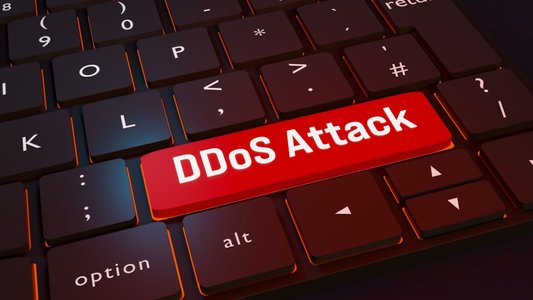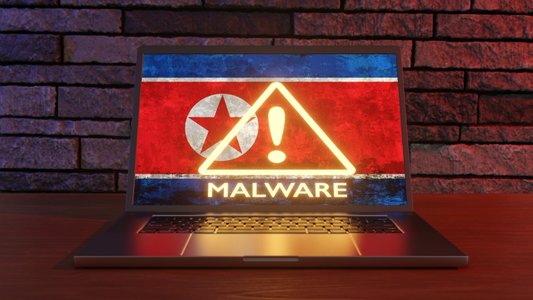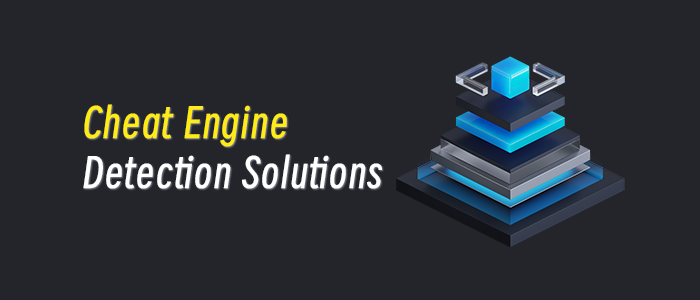A new report has revealed a striking gap between how secure organizations believe their SaaS environments are and the reality of recent incidents.
While 91% of teams expressed confidence in their SaaS data protection, 75% said they experienced a SaaS-related security incident in the past year, marking a 44-point increase over 2024.
The AppOmni study, based on input from 803 IT and security professionals worldwide, found that confidence often stems from trust in SaaS providers rather than internal validation.
“Confidence must be earned, not assumed,” the report warns, pointing to a growing need for proactive configuration management and real-time monitoring.
Organizations Split Between “Good Enough” and “Best-of-Breed”
While 42% of surveyed organizations have implemented a dedicated SaaS security posture management (SSPM) solution, many still rely on broader platforms, such as security service edge (SSE) or cloud access security broker (CASB) tools. Of those using these consolidated tools, 43% say they prioritize other cybersecurity demands and opt for basic SSPM features built into existing solutions.
Meanwhile, 45% of organizations admit they lack clarity around SaaS-specific risks, often defaulting to tools that fall short of comprehensive protection.
Read more on SaaS security challenges: SaaS Breaches Skyrocket 300% as Traditional Defenses Fall Short
Among those with SSPM strategies in place, priorities are shifting. Threat detection ranks highest at 61%, followed by SaaS app inventory and unauthorized connection detection. Hybrid models are also emerging as the preferred approach, with the goal of pairing deep protection for critical apps with broader platform coverage.
Looking ahead, 61% of respondents expect AI to dominate future cybersecurity discussions.
The AppOmni report outlined how AI’s ability to interact with and absorb enterprise data introduces new risks, often resembling those posed by human users. Organizations are encouraged to manage AI tools within identity governance frameworks and monitor their access in the same manner as any other user.
Spending plans align with this trend. Nearly 82% of organizations expect to increase cybersecurity budgets in the coming year.
According to the study, this surge highlights the evolution of SaaS from an operational concern to a strategic imperative.
Key Takeaways for Future SaaS Security
To address ongoing challenges, the report recommends several actions for organizations, including to:
-
Shift from periodic audits to continuous monitoring
-
Clarify ownership of SaaS security across teams
-
Prioritize high-risk apps to reduce alert fatigue
-
Supplement SSE tools with dedicated SSPM for deeper visibility
-
Treat AI as an identity and govern access accordingly
The findings suggest that as SaaS adoption grows, so does the complexity of securing it. To keep pace, security teams must evolve their strategies, moving from static assessments to dynamic, intelligence-driven approaches.
No tags.









































